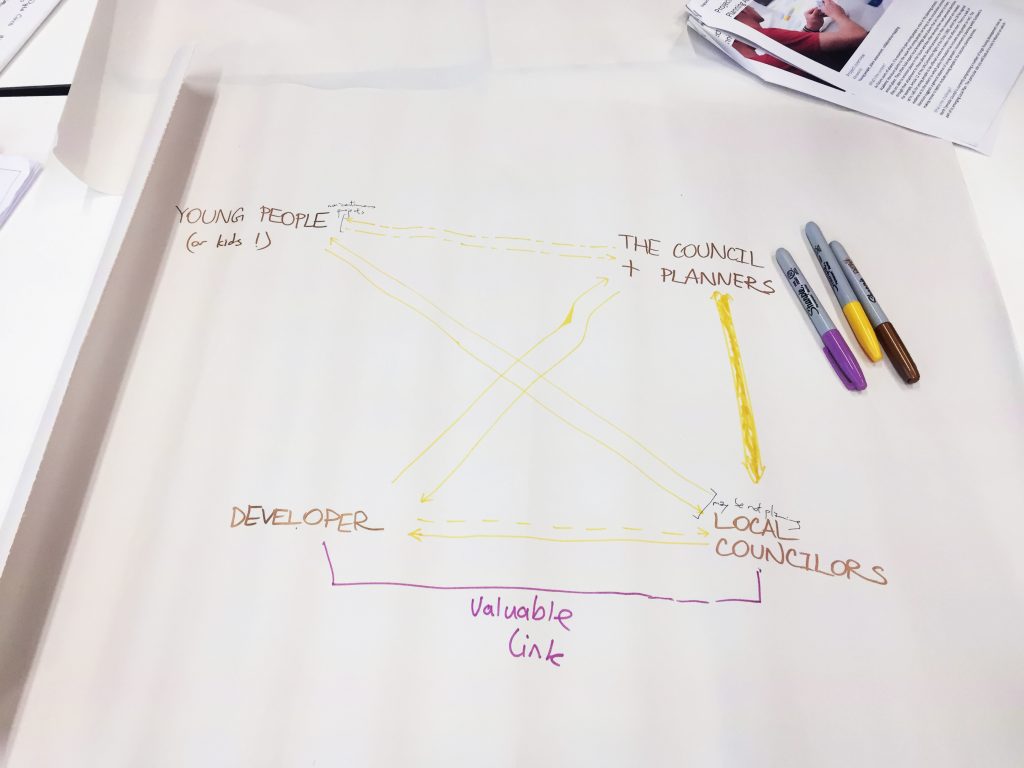Hello, Tobias here signing into the Blog. Here in our team we have also Julian, Manveer, Sam and Yilin. Ultimately, we are going to seek a digital solution for our project partner, namely North Tyneside Council, to try to get the youngsters to tell the Council what they want in their own community so that the Council can craft around it for the future. We’re still very much newbies on WordPress, so please go easy on us!
On the first week, we’re glad to have already met our project partner and we’ve had a very constructive conversation to start off with.
We’ve brainstormed a little and have identified some long term goals. In fact, we only had one initially – we wanted the final outcome to be engaging amongst the younger generation. This is at the heart of our project. Simple.
But when the project partner come to us, what they really want from us is “how”. To answer this question, first we need to know more about what’s actually going on; why it’s not working at the moment.
Claire, the representative of our lovely project partner that day was very kind and analysed with us patiently the links and relationships between different parties involved in the planning processes. With the help of Sharpies, we’ve produced a diagram shewing exactly what is happening currently in the real world as Claire shared her experiences on urban planning, having worked at this industry for over a decade already. It’s all complicated, so the easiest way might be just to let you have a look at the diagram yourself:
 No, unlike the maps on Local Plans, we don’t have a legend for the diagram. Sorry! But we believe it actually speaks for itself.
No, unlike the maps on Local Plans, we don’t have a legend for the diagram. Sorry! But we believe it actually speaks for itself.
So obviously, developers are also very important stakeholders in the processes. Even if the youngsters have a jolly good plan, if the developers don’t want to build it, it’s just no point of doing anything at all while the young people might also end up disappointed. As a result, we went back to our long term goals and added one more item: how to get the developers to build?
Although the meeting was only an hour long, we still attempted to get some short answers – and questions – for these two long term goals. For engaging with young people, we’ve came up with a few sub-categories: how do we grab their attention? Do we want to make it real fun? How do we make it not too childish to appeal to the older-young people and at the same time not be overly-fledged to appeal to the younger-young people? And if we make an app as the final outcome, do all young people have access to mobile devices?
On the other hand, commercial institutions perhaps have another sets of values that differ from the general public’s in order to sustain their businesses and profits. Okay, that’s fair enough, but if we’re gonna have to work with them to materialise the community in the end, do we have to look at their values in the business world and lead the (even) younger generation to give their input with that in mind, or would that be limiting ourselves to the developers’ world? It really is a tricky business.
Anyways, this pretty much sums up the first week in the office. If you have any dandy ideas on our project, please drop us a few words below – we’re all ears!